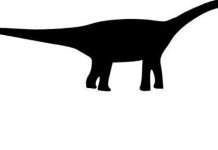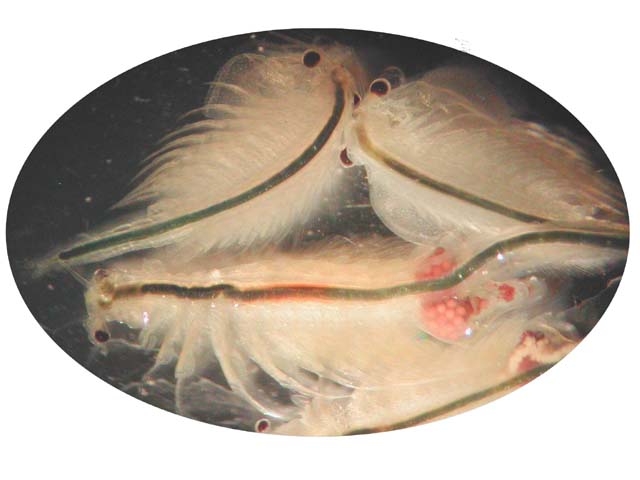Some organisms have ability to suspend life processes when under adverse environmental conditions. Called cryptobiosis or suspended animation, it is a survival tool. Organisms under suspended animation revive when environmental conditions become favourable. In 2018, viable nematodes from late Pleistocene were discovered that had remained in suspended animation for 46,0000 years in Siberian permafrost. These worms were subsequently revived or reanimated to a normal life. Detailed investigation of this cryptobiosis case has revealed the worms belonged to a novel species now named P. kolymaensis. The cryptobiosis genes and employed biochemical processes allowed the worms to suspend life over geological time scales implying generation times could be stretched to millennia and individuals of a species in suspended animation for millennia may reanimate one day to refound extinct lineage. This has potential to redefine evolution.
Some organisms have evolved to have ability to suspend metabolic processes indefinitely when under adverse environmental conditions. In the cryptobiotic state of extreme inactivity, all metabolic processes including reproduction, growth and development and repair cease and life remain suspended till environmental conditions become favourable again.
Cryptobiosis or suspended animation is a survival tool resorted to by some organisms when under dire conditions.
Many microbes including yeast, plant seeds, nematodes (roundworms), brine shrimp, and the resurrection plant are known to have the ability of cryptobiosis. Perhaps, the best example of longest term cryptobiosis is the case of a Bacillus spore preserved in the abdomen of bees buried in amber for 25 to 40 million years. In the case of higher plants, a remarkable case of suspended animation was that of 1000 to 1500 years-old lotus seed found in an ancient lake in China which could germinate subsequently.
The instance of cryptobiosis that caught the imagination of people the most in the recent past is the 2018 report of discovery of viable nematodes from late Pleistocene. The worms had remained in suspended animation for about 40,0000 years in Siberian permafrost and were subsequently revived or reanimated to a normal life. The rigorous investigation of this case spanning over four years has now been completed and results published.
As per precise radiocarbon dating, the nematodes had remained in suspended animation since the late Pleistocene for about 46,000 years.
Genome assembly and detailed morphological analysis led to inference that the worms were phylogenetically different from Caenorhabditis elegans and belonged to a novel species now named Panagrolaimus kolymaensis.
Further, the genes (or molecular toolkit) for cryptobiosis in both P. kolymaensis and in C. elegansis were common in origin and both worms employed similar biochemical mechanisms to survive harsh conditions that allowed them to suspend life over geological time scales for periods much longer than previously reported.
Ability to suspend life for such long periods means cryptobiosis could stretch generation times from days to millennia. Individuals of a species in suspended animation for millennia may reanimate one day to refound extinct lineage. This could redefine evolution.
***
Sources:
- Shatilovich AV et al 2018. Viable Nematodes from Late Pleistocene Permafrost of the Kolyma River Lowland. Doklady Biological Sciences. 480(1). https://doi.org/10.1134/S0012496618030079
- Shatilovich A., et al 2023. A novel nematode species from the Siberian permafrost shares adaptive mechanisms for cryptobiotic survival with C. elegans dauer larva. PLOS Genetics, Published 27 July 2023, e1010798. DOI: https://doi.org/10.1371/journal.pgen.1010798
***




































